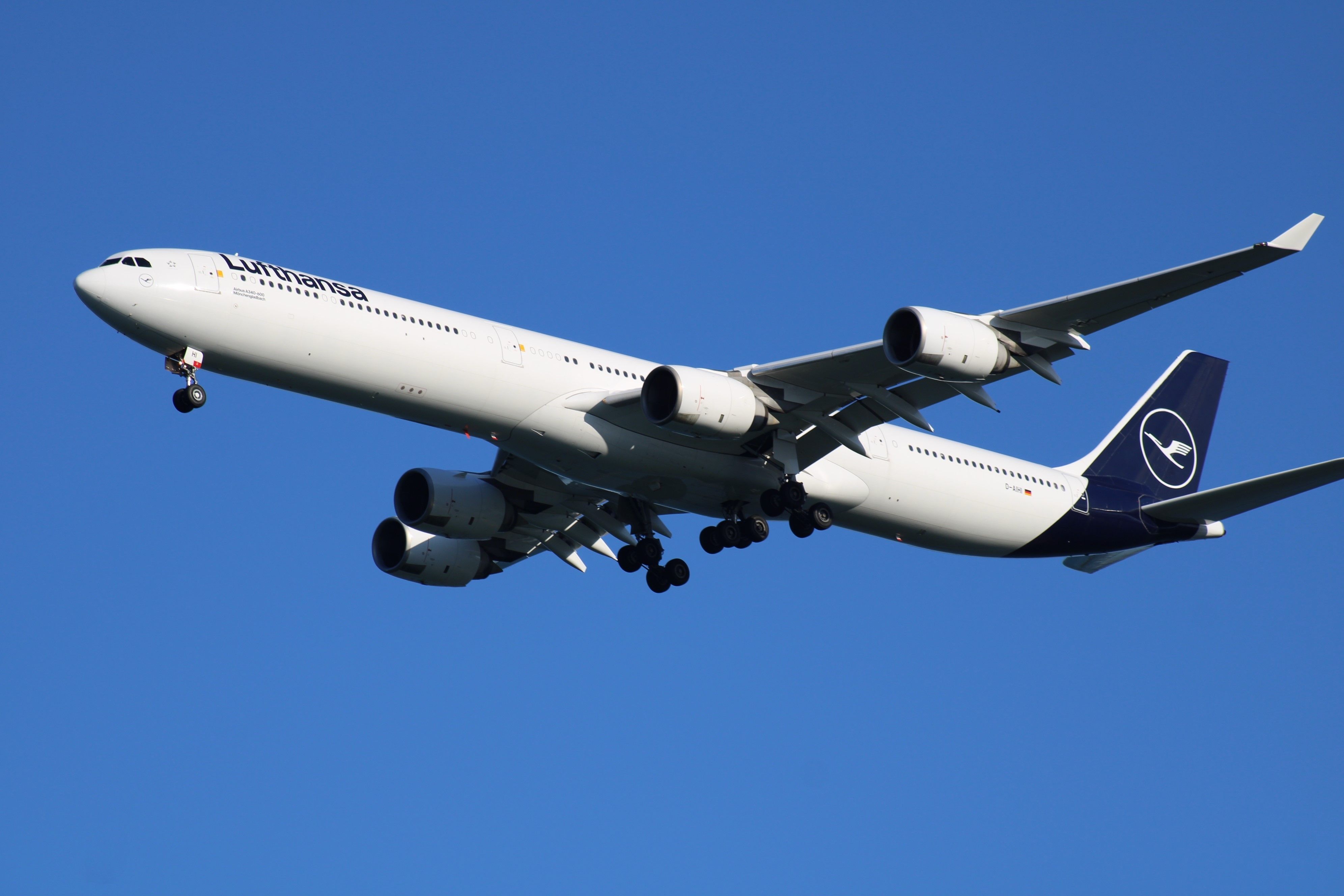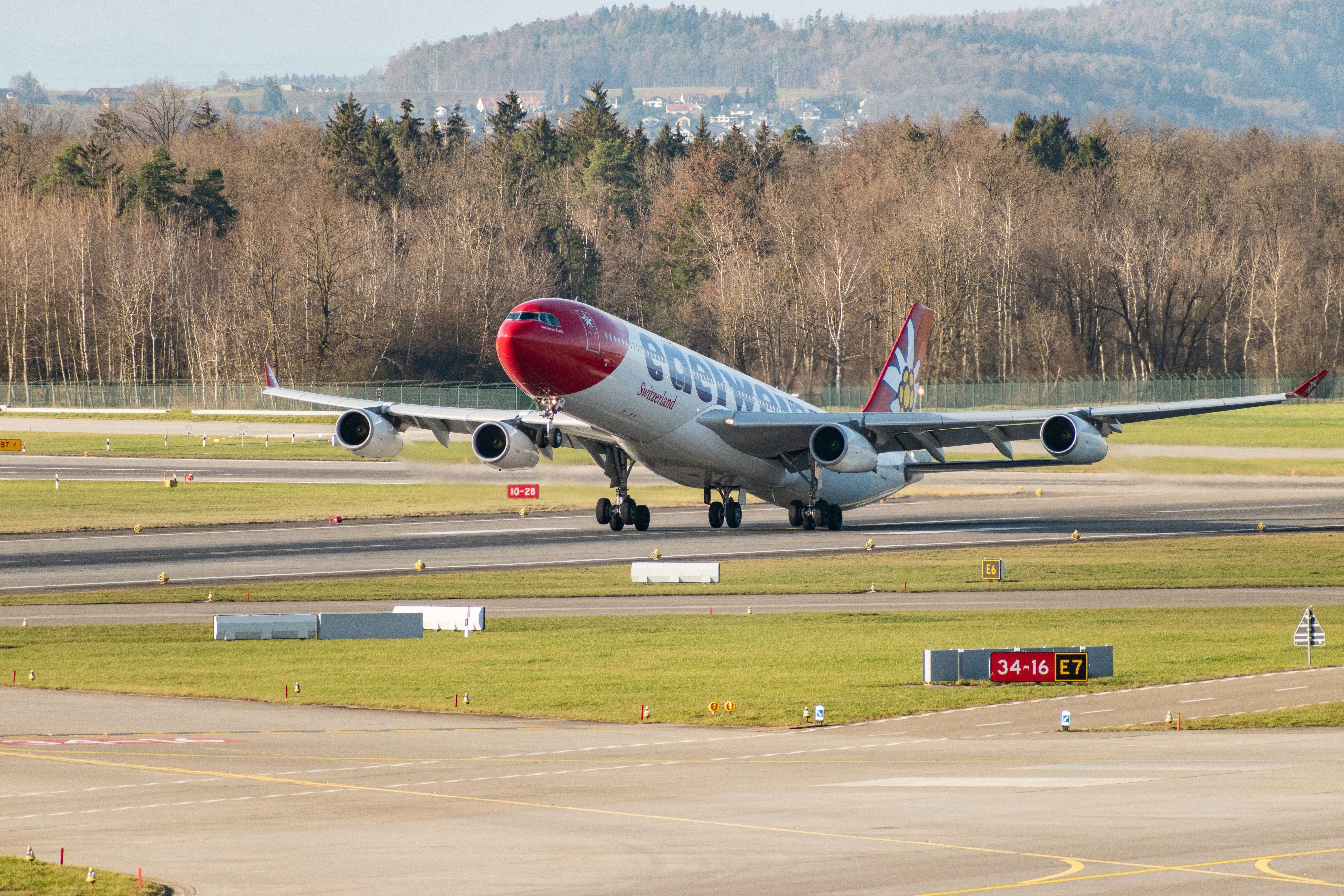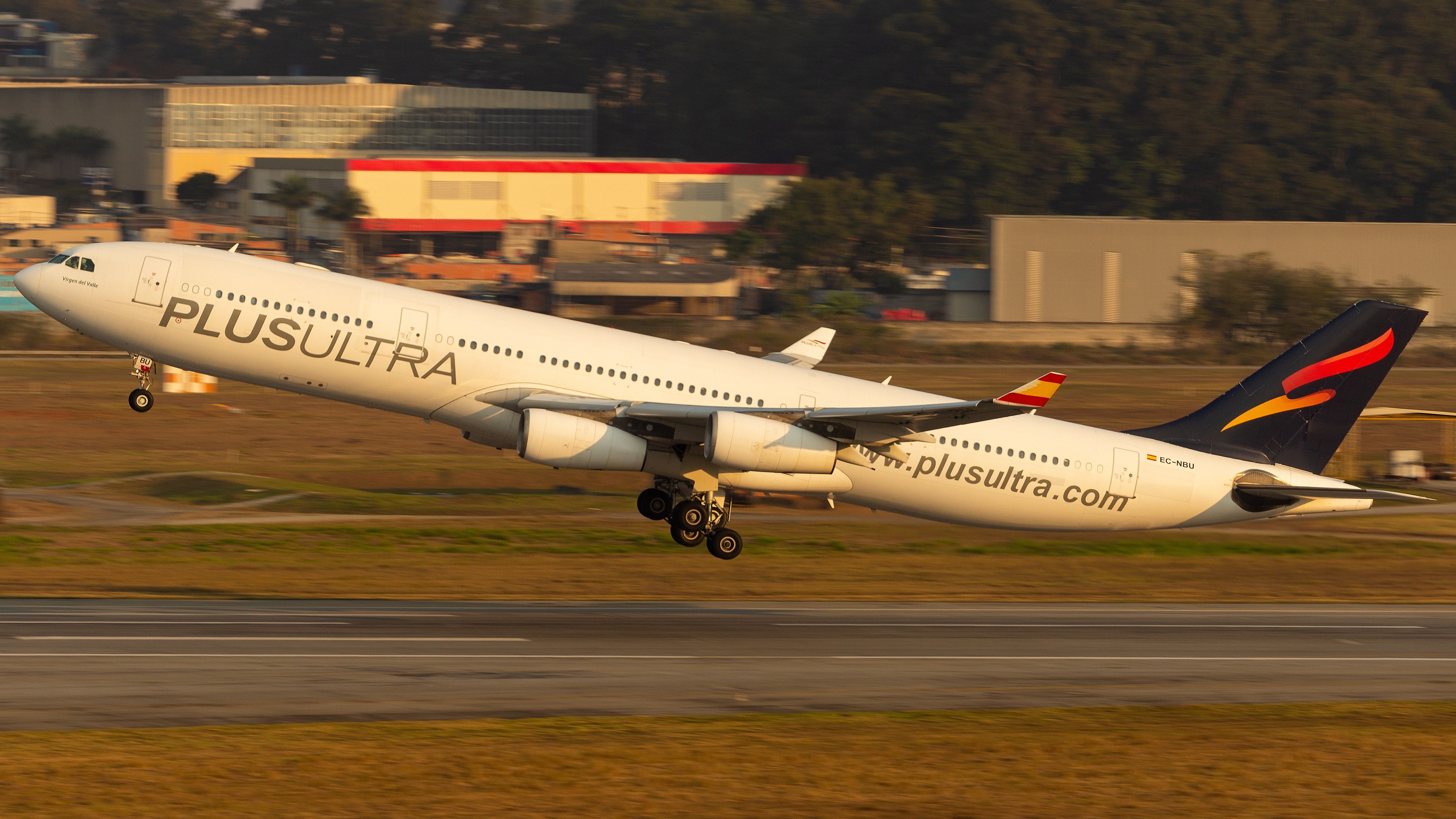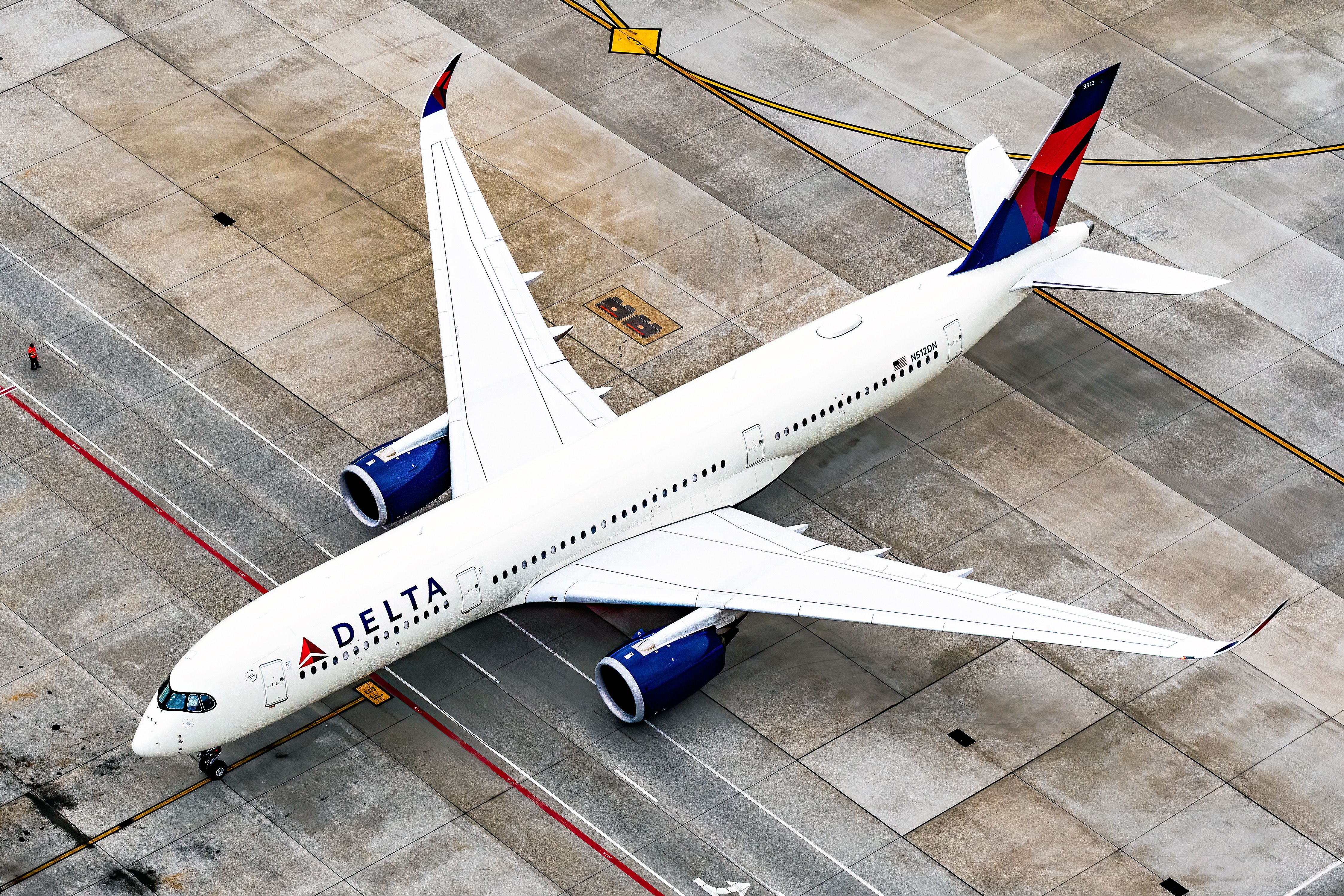Airbus is no stranger to reinventing its aircraft. In recent years, the European manufacturer has given a new lease of life to its already popular A320 family and A330, and the improved aircraft are now a common sight in the skies around the world. On the back of their success, could we ever see a revival of the Airbus A340 in the form of an A340neo?
A brief history of the Airbus A340
First produced in the early 1990s, the aircraft's four engines made it compliant with the ETOPS requirements at the time. It was designed to be a competitor to the Boeing 747.
Throughout its 20-year production life, Airbus created four versions of its A340 - the A340-200, A340-300, A340-500, and A340-600. The -300 and -600 variants were by far the most popular, and in total, 377 A340s were built and delivered to airlines. The largest operators were Lufthansa, which has operated 35 A340s, followed by Iberia (34), Air France (30), and Virgin Atlantic (29).
But the Airbus A340 was not without its problems. Four engines meant four ways to burn fuel, making the A340 much more inefficient compared to twin-engine aircraft such as the Boeing 777 or Airbus A330. The A340 was designed at a time when fuel was much cheaper, but rising fuel prices pushed many airlines to reconsider their use of the aircraft. The pandemic was then the final nail in the coffin for many of the world's A340s.
Despite its dwindling popularity, there are still a number of A340s in commercial service today. Data from ch-aviation.com shows that Lufthansa currently has 17 A340-300s and 17 A340-600s in its fleet. Edelweiss, Mahan Air and Plus Ultra are among the other A340 operators.
See where Edelweiss is sending its Airbus A340s this summer with this report from the Simple Flying team.
What might an A340neo look like?
Based on the improvements in range seen from the Airbus A330 to the A330neo, an A340neo may be capable of flying up to 10,000 miles while carrying 400 passengers. This impressive range would make the aircraft useful for airlines looking to open up new ultra-long-haul routes, such as Qantas with its Project Sunrise plans.
Additional modifications could also include winglets, a lightweight, composite fuselage, and improvements in passenger comfort thanks to enhanced seating, lighting, and cabin air controls. Similar engine technology to that found on the A330neo would likely be used, making the A340neo's four engines much quieter and more fuel efficient.
Would the Airbus A340neo ever be built?
Despite the possible improvements that could be made to the A340, Airbus is very unlikely to ever make the A340neo a reality, much to the dismay of avgeeks around the world. Airbus has already produced a natural successor to the A340 in the form of the A350. This modern, efficient twin-engine aircraft has a range and capacity similar to that of the A340, and has proved immensely popular, with over 500 of the type already built.
Additionally, cargo is a growing revenue driver for airlines, and the Airbus A340 simply cannot compete with the Boeing 747-8F when it comes to freight capacity. It would also likely be prohibitively expensive for Airbus to build even a prototype, with the blueprints alone taking over five years to develop. In that time, the market may have changed significantly, leaving the case for an A340neo even weaker.
Get the latest aviation news straight to your inbox: Sign up for our newsletters today.
Do you think Airbus would ever build an A340neo? Share your thoughts by commenting below.
Source: ch-aviation.com





